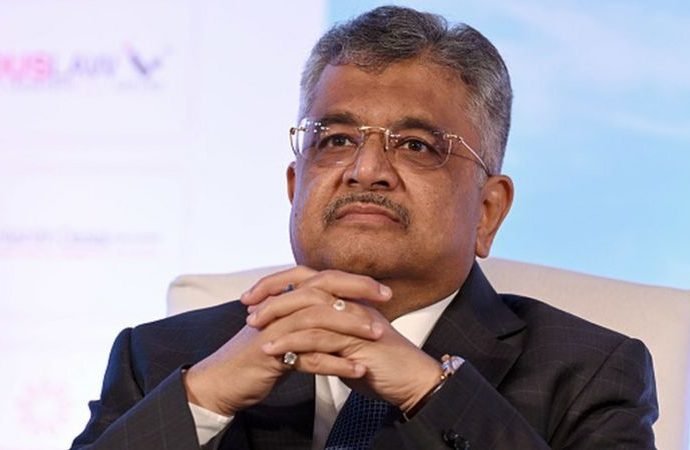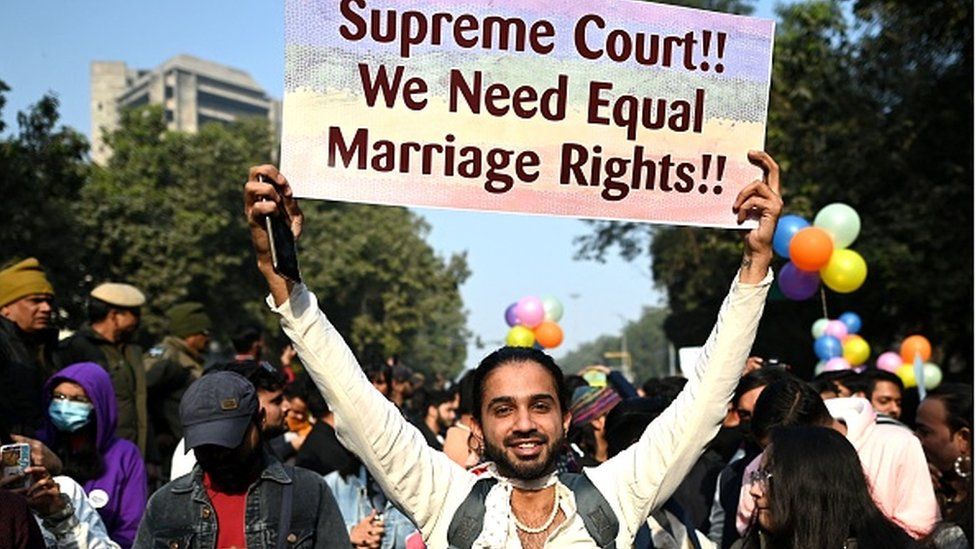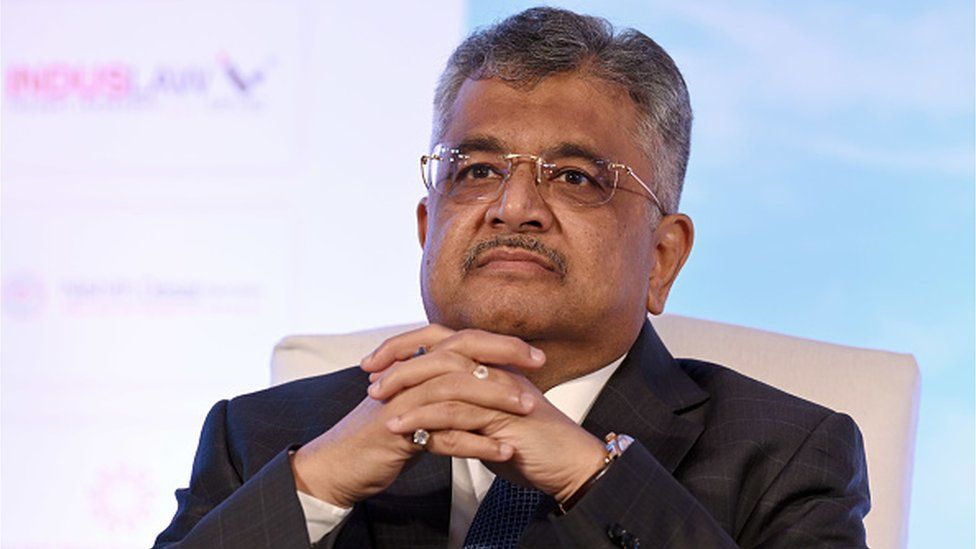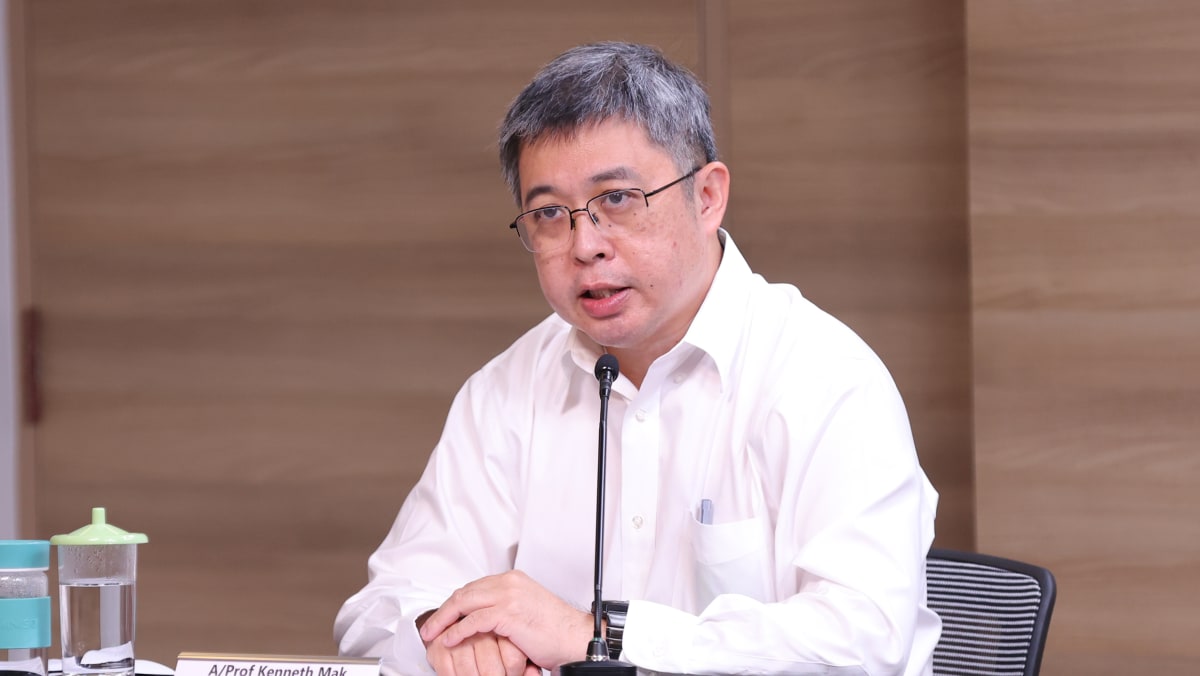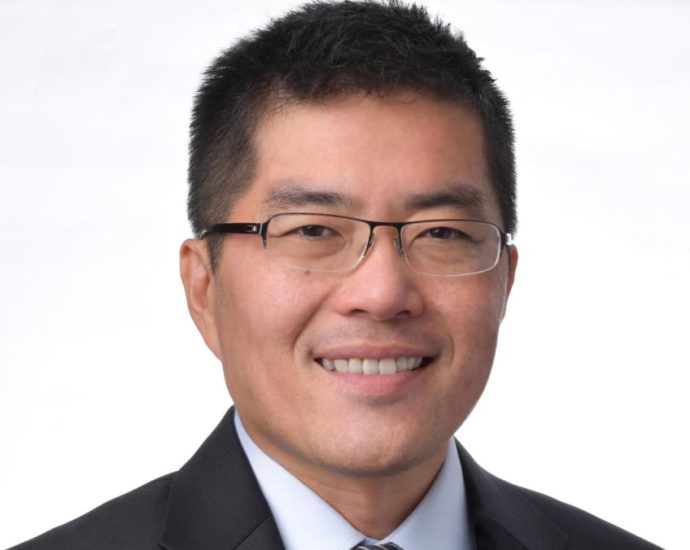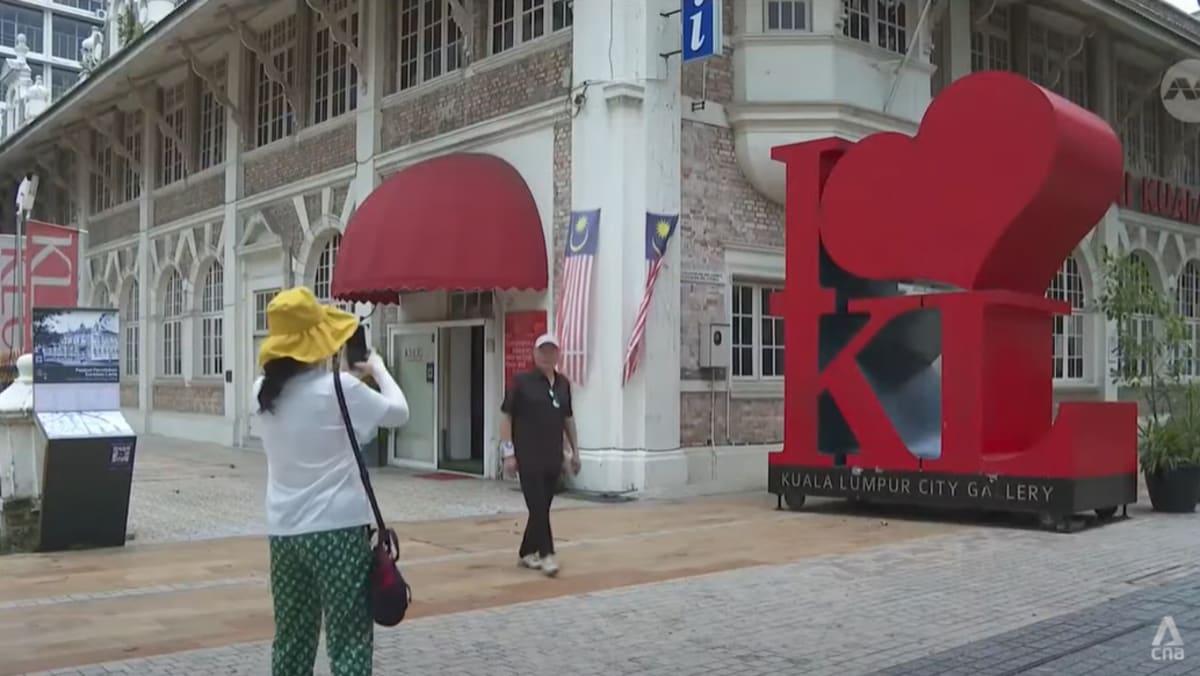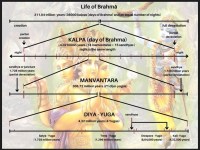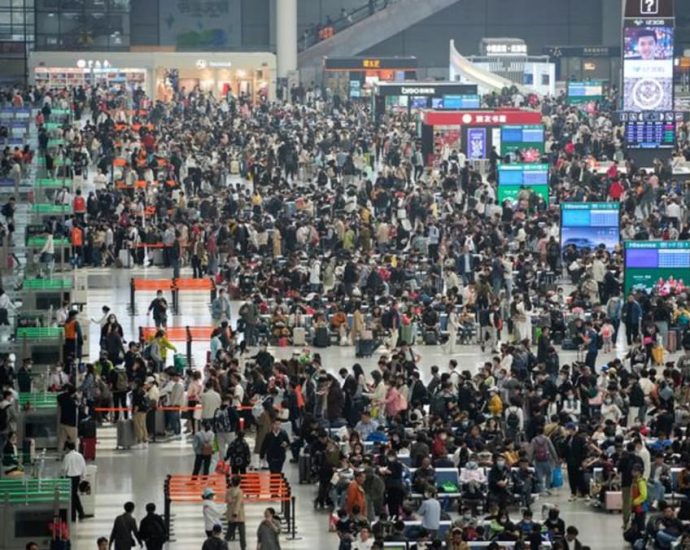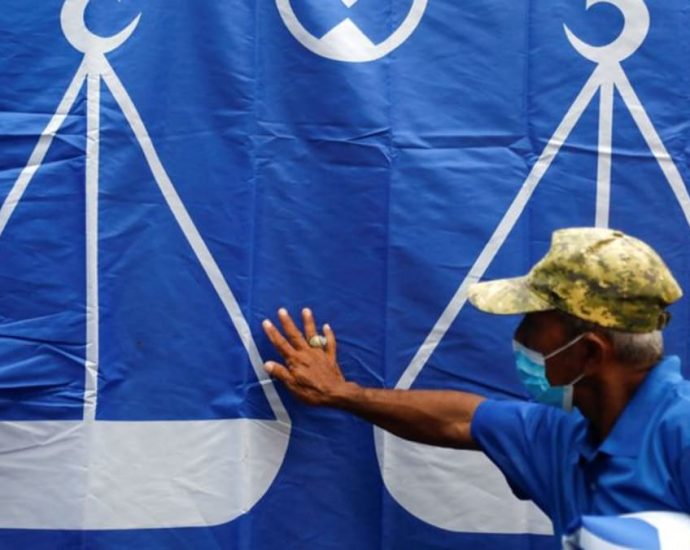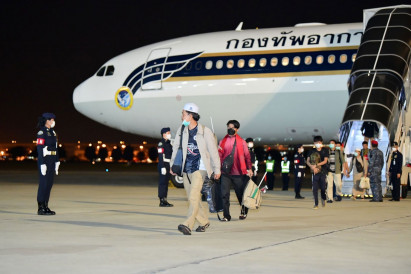Shopee to process refunds, return requests within average of 2.5 working days
SINGAPORE: Shopee Singapore announced on Friday (Apr 28) that it will commit to an average resolution time of two-and-a-half working days for refunds and return requests, as part of a broader initiative to improve consumer protection. The e-commerce company signed a memorandum of understanding with the Consumers Association of SingaporeContinue Reading


